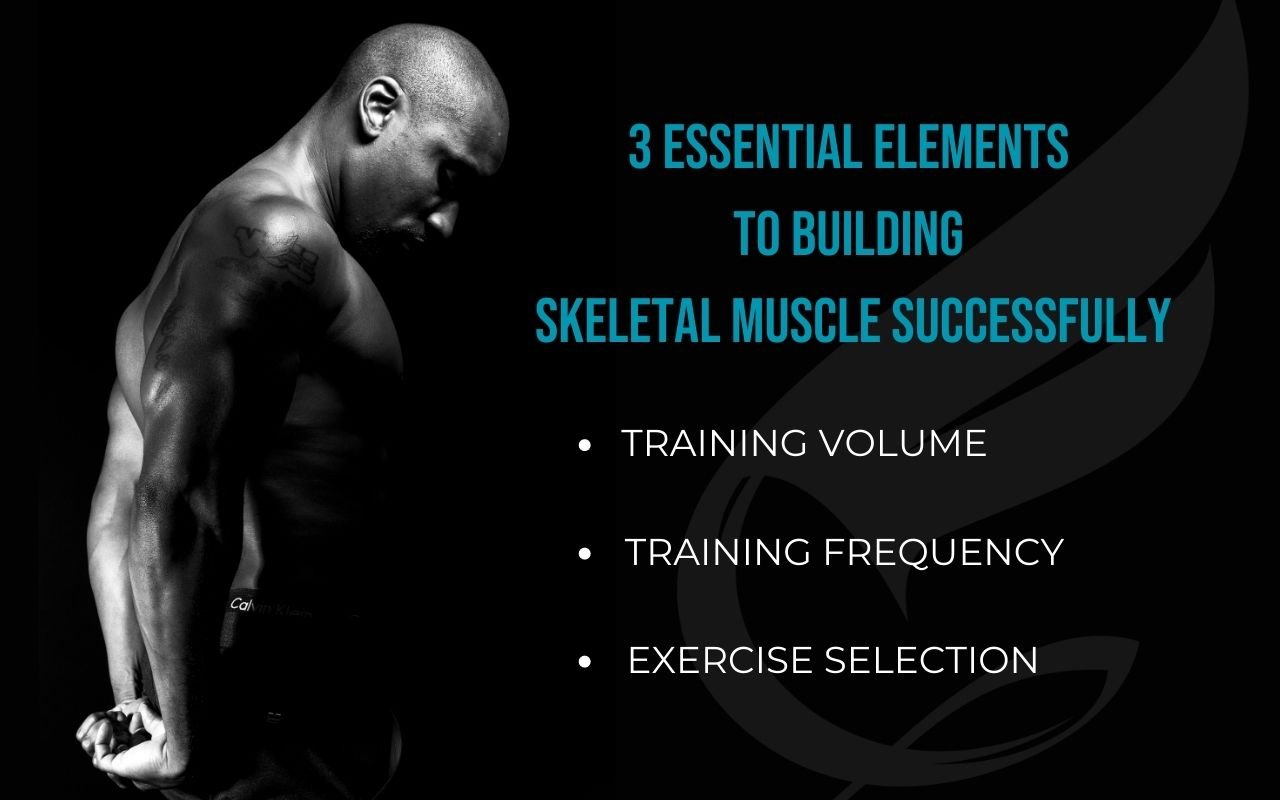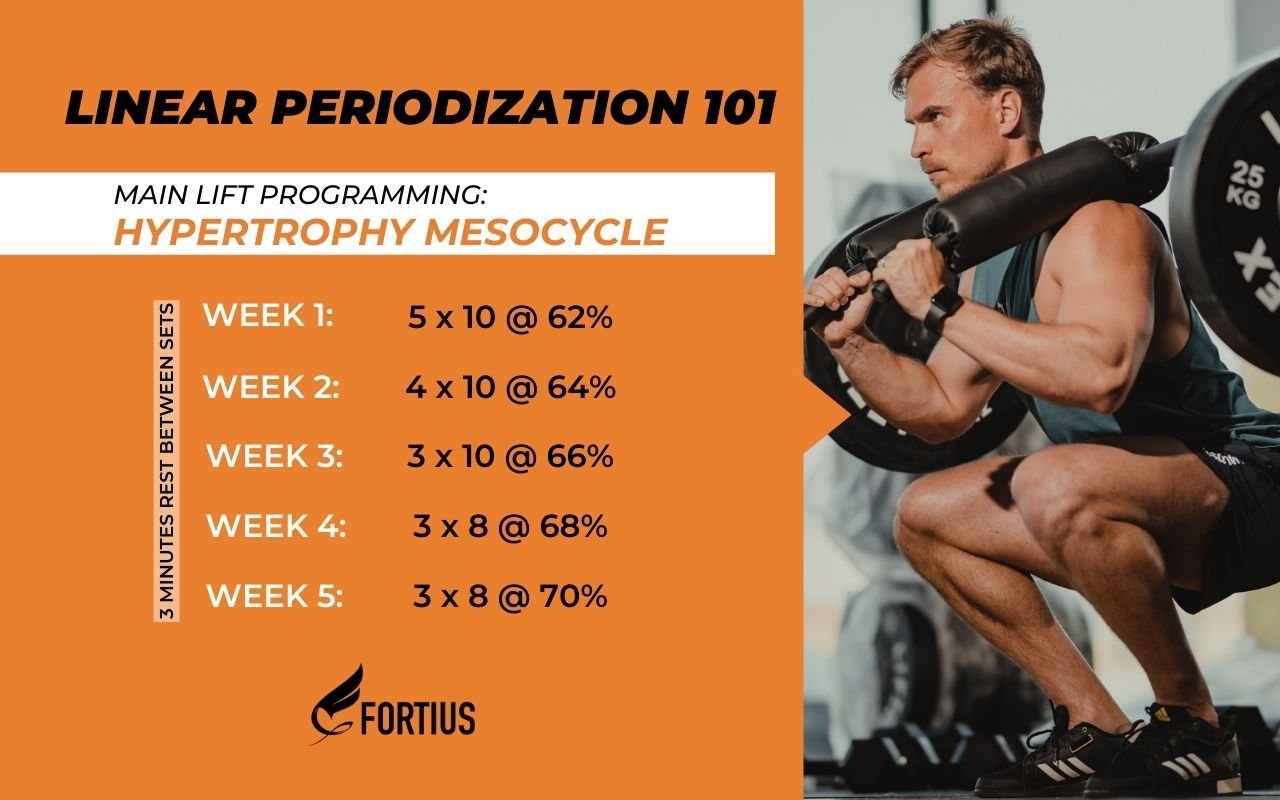How to Build Muscle at the Gym: The Ultimate Guide for Beginners
Building muscle can be a rewarding journey, but it requires a consistent effort and the right approach. This comprehensive guide provides beginners with science-based strategies to optimize the muscle-building process and achieve your fitness goals.
Understanding Progressive Overload and its Role in Muscle Growth
Progressive overload is a fundamental principle in strength training that involves gradually increasing the demands placed on your muscles over time. This can be achieved by lifting heavier weights, increasing the number of sets and reps, or reducing rest periods between sets. By consistently challenging your muscles, you stimulate muscle protein synthesis, leading to muscle growth and strength gains.
The Ideal Repetition Range for Hypertrophy and the Risks of Training to Failure
While various repetition ranges can be effective for muscle growth, a general guideline is to perform 6-15 repetitions per set. Training to failure, or reaching the point where you can no longer perform another repetition with good form, can be beneficial occasionally. However, consistently training to failure can lead to increased fatigue and potentially hinder long-term progress.
Explaining RPE and RIR: Key Tools for Estimating Proximity to Failure
RPE (Rate of Perceived Exertion) and RIR (Reps in Reserve) are subjective measures used to estimate how close you are to failure during a set. RPE uses a scale of 1-10, with 10 being the maximum effort. RIR estimates how many more repetitions you could have performed before reaching failure. These tools can help you gauge your effort and adjust your training accordingly.
Optimizing Training Volume, Frequency, and Exercise Selection for Efficient Muscle Growth
Optimal Training Volume for Muscle Gain
Training volume refers to the total amount of work performed during a workout session or week. It's a crucial factor in muscle growth, but finding the optimal volume is key. For beginners, starting with a moderate volume is recommended. This allows your body to adapt to the new demands of strength training and reduces the risk of overtraining.
As you progress and become stronger, you can gradually increase your training volume to continue stimulating muscle growth. This can be done by increasing the number of sets and reps per exercise, adding more exercises to your routine, or incorporating advanced training techniques.
Ideal Training Frequency for Optimizing Muscle Mass
Training frequency refers to how often you train a specific muscle group per week. A frequency of 2-3 times per week per muscle group is generally recommended for optimal muscle growth. This allows for adequate recovery between sessions while still providing sufficient stimulus for muscle protein synthesis.
However, individual factors, such as training experience, recovery capacity, and overall training volume, can influence the ideal frequency. Beginners might benefit from starting with a lower frequency (2 times per week) and gradually increasing it as they adapt.
Exercise Selection for Optimizing Muscle Hypertrophy
Choosing the right exercises is crucial for maximizing muscle growth. Prioritize compound exercises, such as:
Squats: A compound exercise that targets the quads, glutes, and hamstrings.
Deadlifts: A compound exercise that works the entire posterior chain, including the back, glutes, and hamstrings.
Rows: A compound exercise that targets the back muscles, including the lats, traps, and rhomboids.
Overhead Press: A compound exercise that targets the shoulder muscles, including the anterior, lateral, and posterior deltoids.
Bench Press: A compound exercise that targets the chest muscles, including the pectoralis major and minor.
These exercises engage multiple muscle groups simultaneously, leading to greater overall muscle activation and growth hormone release. Supplement these compound exercises with isolation exercises to target specific muscles and further enhance muscle hypertrophy.
Key points to consider when selecting exercises:
Proper Form: Ensure you maintain proper form throughout each exercise to maximize results and minimize injury risk.
Progressive Overload: Gradually increase the weight, resistance, or reps week after week to challenge your muscles and promote growth.
Exercise Variety: Incorporate a variety of exercises to target different muscle groups and prevent plateaus.
Individual Needs: Choose exercises that align with your fitness goals, experience level, and any physical limitations you may have.
By following these guidelines, you can optimize your training volume, frequency, and exercise selection to maximize muscle growth and achieve your fitness goals efficiently.
Role of Periodization for Long-Term Muscle Gain
Periodization is a strategic approach to training that involves systematically varying your workout program over time. It's like a roadmap for your fitness journey, guiding you toward your goals while minimizing the risk of plateaus, overtraining, and injury.
The core concept of periodization involves manipulating two key variables:
Volume: The total amount of work performed, typically measured by sets and reps.
Intensity: The difficulty of the work, often represented by the weight lifted or the effort exerted.
By strategically adjusting volume and intensity, periodization allows you to:
Optimize Progress: Avoid plateaus by consistently challenging your body in new ways.
Prevent Overtraining: Incorporate periods of lower intensity and volume to allow for recovery and reduce the risk of burnout and injury.
Peak at the Right Time: If you have specific competitions or events, periodization can help you reach peak performance at the desired time.
There are several different periodization models, each with its own advantages and disadvantages:
Linear Periodization: This model involves a gradual increase in intensity and a decrease in volume over a specific period. It's like climbing a staircase, where each step represents a higher level of challenge. This approach is often favored by beginners due to its structured and straightforward nature. However, progress can be slower compared to other models.
Non-Linear/Undulating Periodization: This model involves varying intensity and volume within a week or microcycle, creating a more dynamic and unpredictable training stimulus. It's like riding a roller coaster, with highs and lows that keep your body adapting. This approach can lead to faster progress but requires careful planning and execution.
Block Periodization: This model divides training into distinct blocks, each with a specific focus and goal. It's like building a wall, with each block contributing to the overall structure. This approach allows for concentrated efforts on specific training adaptations, but it can be more complex to implement.
Understanding Periodization with Simple Examples
Linear Periodization: Imagine a 12-week program where you start with lighter weights and higher reps (e.g., 3 sets of 15 reps). Each week, you slightly increase the weight and decrease the reps (e.g., week 4: 3 sets of 12 reps, week 8: 3 sets of 8 reps). By week 12, you're lifting your heaviest weights for lower reps (e.g., 3 sets of 5 reps).
Non-Linear Periodization: In a weekly cycle, you might have a high-volume, low-intensity day (e.g., Monday), a moderate-volume, moderate-intensity day (e.g., Wednesday), and a low-volume, high-intensity day (e.g., Friday). This keeps your body guessing and promotes well-rounded development.
Block Periodization: You might dedicate the first block of your training program (e.g., 4 weeks) to building muscular endurance with higher reps and lighter weights. The next block could focus on strength development with moderate reps and heavier weights, and the final block could emphasize power with low reps and very heavy weights.
Remember, these are simplified examples. Your ideal periodization model will depend on your individual needs, goals, experience level, and training phase.
The Importance of Progressive Overload
Regardless of the periodization model you choose, the overarching principle is to ensure progressive overload. This means consistently challenging your muscles by increasing the demands placed on them over time. This can be achieved by increasing the weight, sets, reps, or intensity of your workouts. Progressive overload is essential for stimulating muscle growth and preventing plateaus.
Tailoring Periodization to Your Needs
There's no one-size-fits-all approach to periodization. A well-designed program should be tailored to your individual needs, abilities, and goals. Consider factors like your training experience, recovery capacity, and the specific adaptations you're aiming for.
Conclusion: Start Your Muscle-Building Journey Today
Building muscle at the gym is a rewarding process that requires consistent effort, a focus on progressive overload, and an understanding of proper training techniques. With patience and dedication, anyone can achieve significant gains over time.
Ready to transform your body and reach your fitness goals?
It's time to take the next step with our online body transformation program! You've learned the science, now put it into practice. Our program is designed to provide a logical and effective approach to muscle building, guiding you through every step of the process.
Don't wait any longer! Ignite your fitness journey today and witness the transformation you've always wanted.
If you are not convinced yet, please read more about our client’s success stories:
Common Questions and Answers
-
Muscle growth, or hypertrophy, is a complex process influenced by various factors, including genetics, training experience, nutrition, and hormone levels. Generally, beginners can expect to gain roughly 0.5-1 kilogram (1-2 pounds) of muscle per month with consistent training and proper nutrition. However, the rate of muscle growth tends to slow down as you become more trained.
-
Yes, weight training is excellent for bone health. It stimulates bone remodeling, the process of breaking down old bone tissue and replacing it with new, stronger bone. This leads to increased bone mineral density, which is crucial for reducing the risk of osteoporosis and fractures.
-
Like any form of exercise, weight training carries a risk of injury if not performed correctly. However, with proper instruction, gradual progression, and attention to form, these risks can be minimized. It's essential to warm up properly before each session and listen to your body, stopping if you experience any pain or discomfort. If you have any underlying health conditions, consult with a doctor or physical therapist before starting a weight training program.
-
Building muscle is a multifaceted process that involves more than just training. Nutrition, sleep, stress management, and overall lifestyle factors play a significant role.










